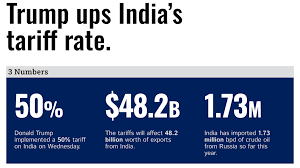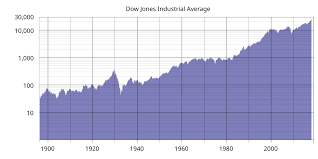The Impact of Trump Tariffs on India and Bilateral Trade

Introduction to Trump Tariffs and Their Relevance
The imposition of tariffs by the United States under the administration of former President Donald Trump significantly altered international trade dynamics. Notably, these tariffs affected the economic relationship between the U.S. and India, two countries with extensive trade ties. Understanding these tariffs is crucial for assessing their long-term implications on trade, commerce, and bilateral relations between the two nations.
Overview of Trump Tariffs
In 2018 and 2019, the Trump administration imposed a series of tariffs on various goods, notably steel and aluminum, which increased import costs for these commodities. India, as a crucial supplier, faced challenges due to these tariffs, which were part of a broader strategy aimed at protecting American industries and reducing trade deficits.
Specifics of Tariffs on Indian Goods
Among the products affected by tariffs were Indian steel and aluminum exports, as well as various agricultural products. The U.S. imposed a 25% tariff on steel and a 10% tariff on aluminum. This not only impacted Indian businesses but also led to retaliatory tariffs from India on U.S. goods, including apples and walnuts, creating a cycle of trade tensions.
Impact on India-U.S. Trade Relations
The tariffs strained the previously friendly trade relations between the U.S. and India. According to the Ministry of Commerce & Industry in India, bilateral trade dropped in the face of these increasing tariffs. In 2020, the trade volume fell significantly, indicating the immediate economic repercussions of these policy decisions. Moreover, the unpredictability of U.S. tariffs made it hard for Indian exporters to plan for the future, causing economic uncertainty.
Current Developments and Future Outlook
As of 2023, under the Biden administration, there have been discussions about tariff reform and easing restrictions, but not all Trump-era tariffs have been fully rolled back. The ongoing U.S.-India trade dialogue continues to be influenced by these earlier decisions. If tariffs are continued or re-imposed, they may affect future investments and trade cooperation in sectors like technology and healthcare.
Conclusion
The Trump tariffs corpus has left an indelible mark on the India-U.S. trade relationship, illustrating the significant impact of tariff policies on international trade. As both nations navigate the complexities of modern economic relationships, ongoing dialogue and negotiations will play a pivotal role. Business sectors in India must remain agile, adapting to both the legacy of tariffs and the evolving landscape of international trade to sustain growth and competitive advantage.









